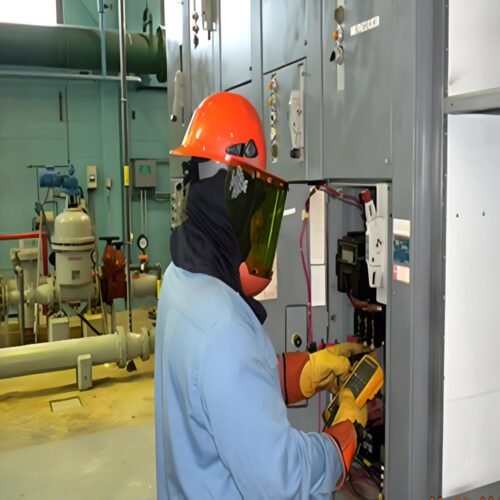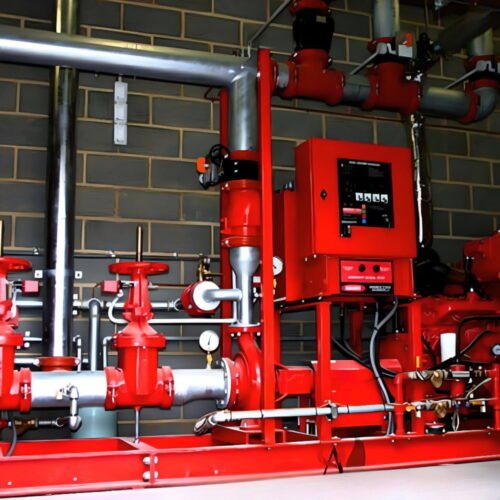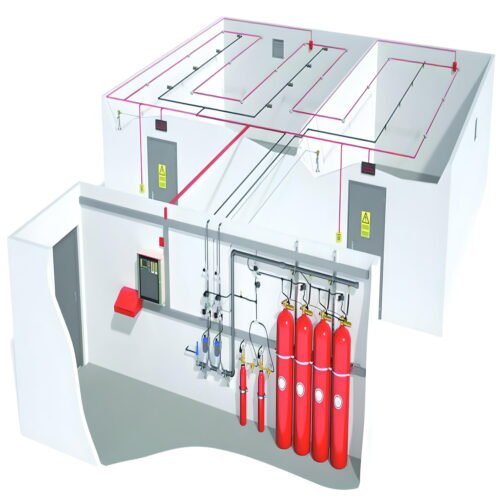Fire Alarm System Project
Brand: Drown Fire
A fire alarm system project involves the design, installation, and maintenance of a comprehensive system to detect and alert occupants about the presence of a fire or smoke in a building. These systems are crucial for early fire detection and the safety of occupants and assets.
Project Overview:
The Fire Alarm System Design, Installation, and Maintenance project aims to create a reliable and effective fire detection and alerting system for a specific facility or area. This project is designed to enhance safety, protect lives, and minimize property damage by providing early warning of fire-related emergencies.
Description
Fire Alarm System Project Phases:
- Planning and Assessment:
- Conduct a thorough assessment of the facility, identifying key areas of concern and potential fire hazards.
- Determine the appropriate type of fire alarm system (e.g., conventional, addressable, wireless) based on the facility’s needs and regulations.
- Establish a budget and project timeline.
- Design and Engineering:
- Develop a detailed design for the alarm system, including the placement of smoke detectors, heat detectors, pull stations, alarms, and control panels.
- Ensure compliance with local, state, and national fire safety codes and standards.
- Select suitable equipment and technology for the system.
- Permitting and Approvals:
- Obtain all necessary permits and approvals from relevant authorities.
- Ensure that the project aligns with zoning, electrical, and building regulations.
- Procurement and Installation:
- Procure the alarm system components, including detectors, alarms, control panels, wiring, and monitoring equipment.
- Install the system according to the approved design, ensuring proper connection and placement of devices.
- Test individual components to verify they function correctly.
- Testing and Commissioning:
- Conduct comprehensive testing of the fire alarm system to ensure all components work as intended.
- Verify that alarm signals are transmitted to the central monitoring station (if applicable).
- Provide training for facility personnel on system operation.
- Documentation and Training:
- Prepare operation and maintenance manuals for the fire alarm system.
- Train facility personnel on how to operate and maintain the system.
- Establish a record-keeping and inspection schedule.
- Maintenance and Inspection:
- Implement a routine maintenance program to inspect, test, and maintain the fire alarm system.
- Address any issues or component failures promptly.
- Conduct regular alarm tests to ensure system functionality.
- Project Closure and Monitoring:
- Complete all project documentation.
- Hand over the operational system to the facility owner or operator.
- Establish a monitoring and reporting system to track the performance and readiness of the fire alarm system.
About Drown Fire
Drown Fire stands out as a premier wholesale supplier of a wide array of safety products and accessories. Specializing in fire safety, industrial safety, road safety, general safety, and environmental safety, we are your one-stop destination for ensuring workplace security. Our commitment to excellence is unwavering, reflected in our meticulously curated catalogue sourced from trusted manufacturers. Whether it’s personal protective equipment, industrial gear, or environmental safety solutions, we’ve got you covered. With Drown Fire, you can rely on top-quality products and expert service to keep your workplace safe and secure.












